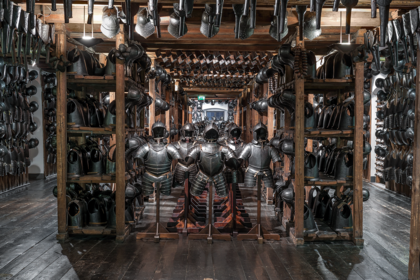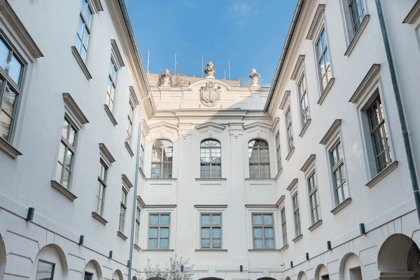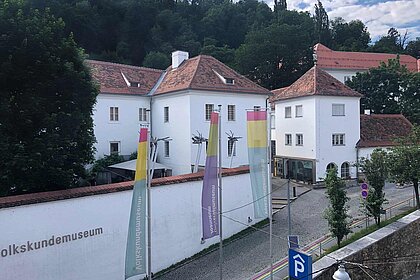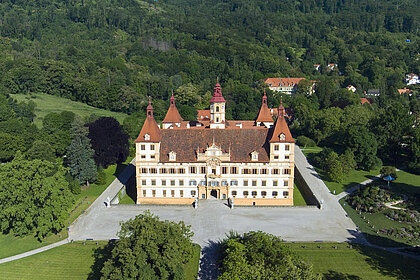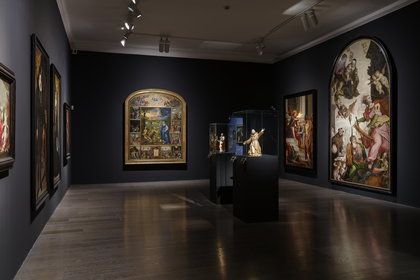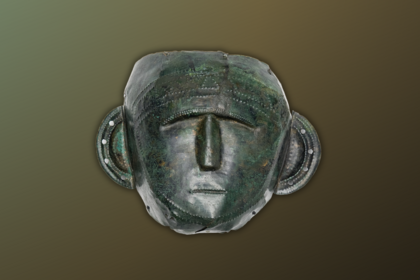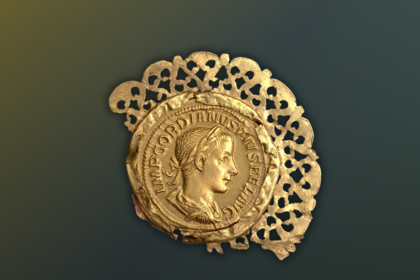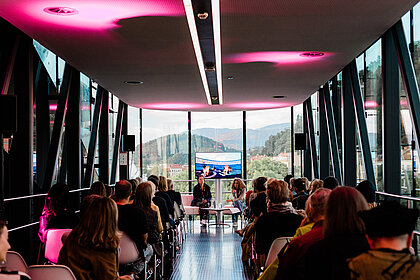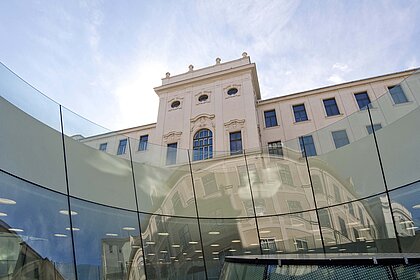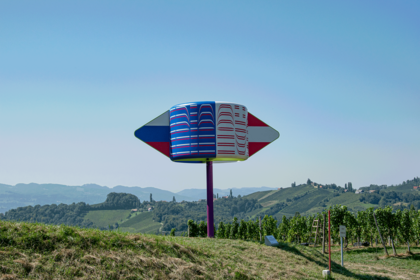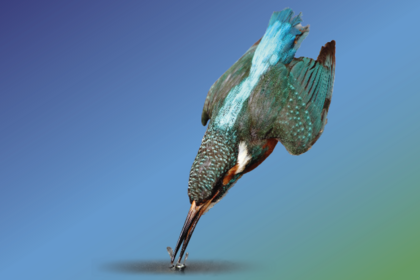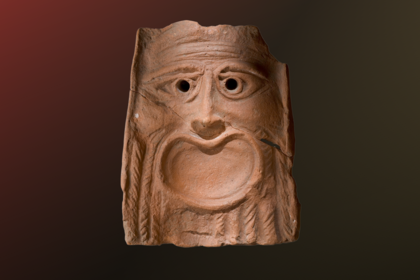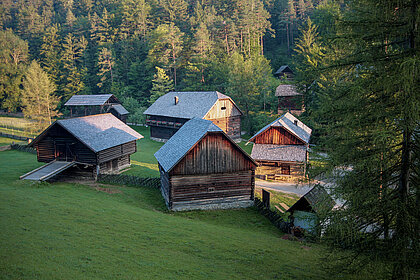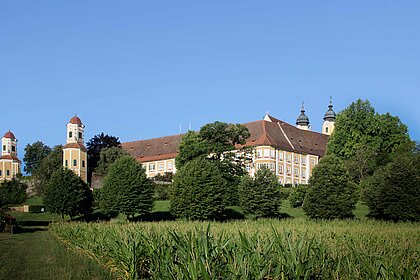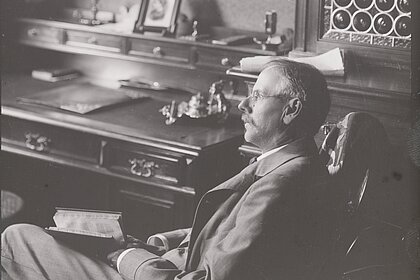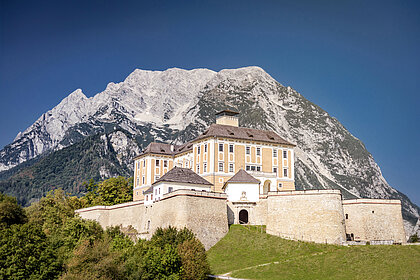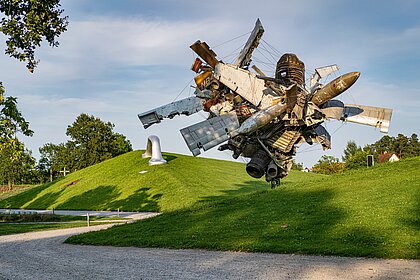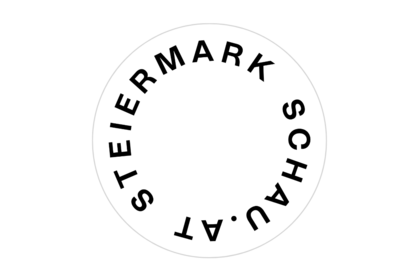Artist in Residence 2011
by Miha Cojhter, student of Christa Sommerer
Image Credits
Duration
01.04. - 31.10.2011
Location
Austrian Sculpture Park
Co-curators
Elisabeth Fiedler
Show all
About the
Project
In Sumerian religion, at the beginning of time, a world tree grows on earth. Its replanting by Inanna is considered the first act of establishing order culturally. In Christianity, the tree symbolises the lost paradise. As opposed to the Babylonian archetype, it exists in two forms, as Tree of Life and as Tree of Knowledge. The consumption of the fruits from the wrong tree means the sacrifice of immortality but at the same time is considered the origin of every kinship system. Therefore, the Tree of Knowledge can be seen as the first genealogy – not for the reason that the progenitors ate from it, but rather because they started the project of human reproduction in its shadow. It is not for nothing that in the book of Genesis, the chapter of the Fall of Men is followed by the story of the two sons and their murderous conflict. Ever since, the Tree of Knowledge – the genealogical tree – is the only three of life, the only hope for immortality we can think of.
(Thomas Macho: Stammbäume, Freiheitsbäume und Geniereligion, Anmerkungen zur Geschichte genealogischer Systeme, in: Sigrid Weigel, Hg., Genealogie und Genetik: Schnittstellen zwischen Biologie und Kulturgeschichte, Berlin 2002, S. 19)
From the 12th to the 14th century, during the time of religious and intellectual tolerance in Spain, the traditional pedigrees were reformed in synergy with Christian, Jewish and Islamic mysticism. In course of the American and French revolution they are transformed into “freedom trees”. Later on, as an example, the author Elias Canetti writes about the significance of the tree and the woods for the German identity and national consciousness.
Parallel to the religious history of the tree, the tree is also a motive with a long tradition in the history of art. Generally it symbolises history, rootedness, growth, home, safety and the connection between unreachable height and underground rooting.
Miha Cojhter displays an installation consisting of a dead tree, still standing and soaring, and its fluorescent bright green shadow made out of Plexiglas, which transforms and specifies the treetop and its growth in linear fragmentation as a mirror image.
At the interface of art and design, the artist addresses everyday problems in an aesthetical and poetical way. Herewith he poses one of the most eminent questions: What awaits you, after you died? Is there existence at all? What is visibility, what is imagination and what does it mean to “be”?
In showing a form of progression and transformation, he wants to make us aware, that, just because we can’t see “it”, it doesn’t mean “it” isn’t there. The shadow, as he displays it, isn’t really a shadow but more of an aura – the ghost of nature or whatever we imagine the term to address – glowing through the synthetic materiality. The dead tree revives as a sculpture – its essence is being redeveloped.
Further information
The Austrian Sculpture Park invites national and international artists and art classes to engage with the park and develop their own temporary works for the sculpture park.
